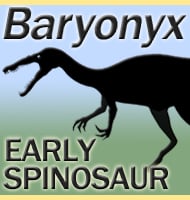Caihong
In Depth Caihong is a genus of anchiornithid dinosaur that lived in Asia during the late Jurassic. Caihong was a very small dinosaur, roughly about forty centimetres long in life. Caihong is noted for having feathers covering the entire body except for the snout and claws. Study of melanosome associated with Caihong show that in … Read more

